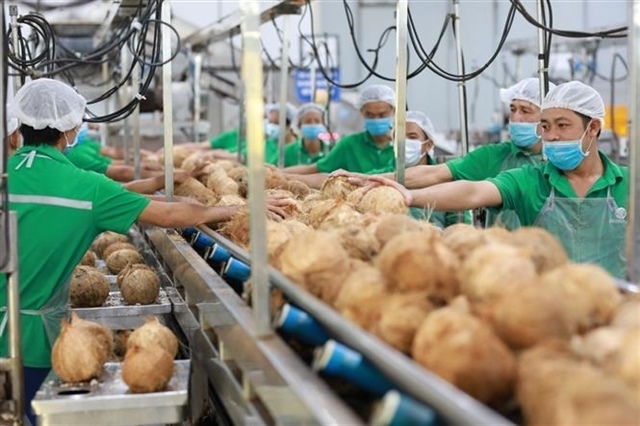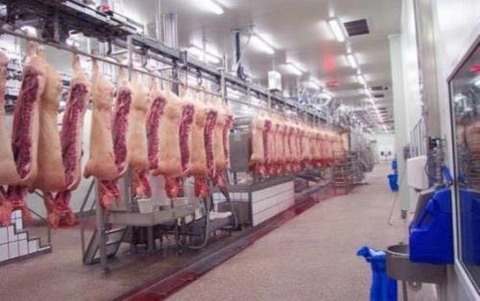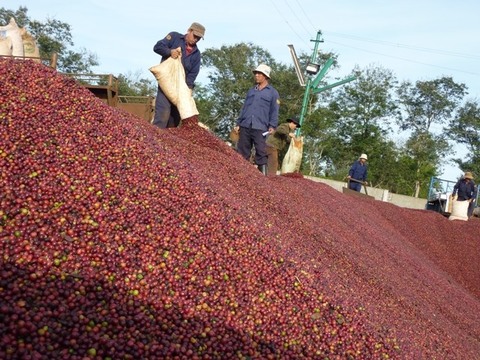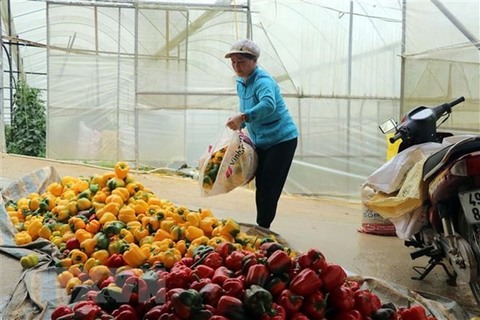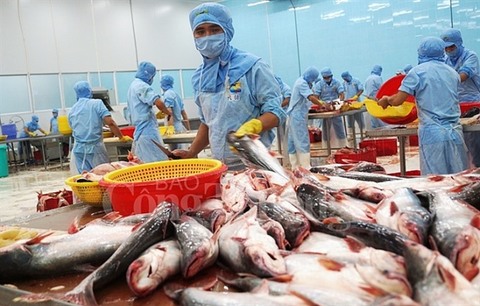China’s increased investment on dragon fruit production not immediate harm for Vietnam
China’s increased investment on dragon fruit production not immediate harm for Vietnam
Unusual moves from the Chinese market are often considered as one of the main reasons behind the price slumps hitting Vietnamese farm produce, but the Southeast Asian country only has itself to blame when dragon fruit prices experienced a sharp fall last month.
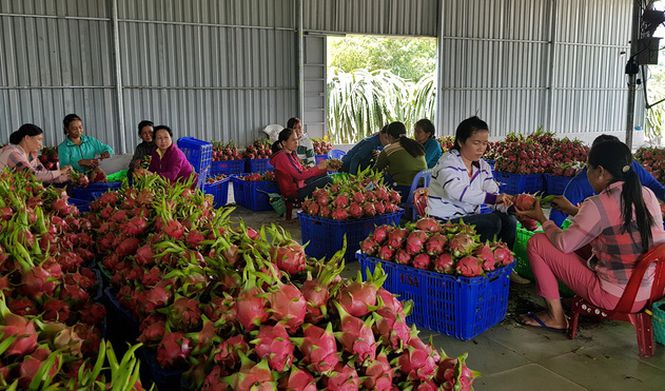
In late September, prices of dragon fruit in the south-central Vietnamese province of Binh Thuan, known as the ‘capital’ of the fruit in Vietnam, plunged dramatically to only VND500-1,000 (US$0.02-0.04) per kilogram.
Some immediately pointed the finger at China, which consumes 90 percent of Vietnam’s dragon fruit production, especially when the country is rapidly expanding its own crops.
China had only 3,400 hectares of dragon fruit in 2011, but it currently reports an acreage of 40,000 hectares and is forecast to develop 34,000 - 68,000 additional hectares in the coming time, according to China’s Southern Daily newspaper.
There are even dragon fruit farms as huge as 3,000-5,000 hectares in China, according to Mai Xuan Thin, CEO of Rong Do (Red Dragon) Company, which focuses on fruit and vegetable business.
Nguyen Quoc Toan, acting director of the agricultural product processing and market development department under the Ministry of Agriculture and Rural Development, said the increasing investment into dragon fruit crops in China is in line with the country’s policy to boost farm production in order to meet domestic demand.
“According to this policy, China will intensify the production of not only dragon fruit but many other agro-products,” Toan said.
With its biggest buyer now becoming a grower, worries have begun to grow that Vietnam will soon face stiff competition from China when it comes to the red skin, white flesh fruit.
Self to blame
But contrary to what people may guess, the news of China’s boosting investment on dragon fruit production came as no surprise to Vietnamese fruit exporters.
Most of them believe that the massive dragon fruit plantations in China are not the main reason for the fruit’s latest price slump in Vietnam in late September.
According to the Binh Thuan Agriculture and Rural Development Department, the price drop was caused by a supply surplus, with a prolonged rainy season that started in July allowing farmers to get bigger yields than usual.
Farmers usually have to apply artificial lights on their dragon fruit for flower induction, and the continual rains would only make it easier for the blossoming process.
The booming production sent many farmers to stockpile their produce, waiting to sell them at high prices.
However, the market soon became mature as traders ran out of storage because of a great surplus, sending an abundant supply of the fruit to the market, which in turn led to prices falling sharply.
Sustainable solutions
Nguyen Dinh Tung, CEO of the fruit exporter Vina T&T, said only dragon fruits of poor quality were on sale at rock-bottom prices during the late September incident.
“We are still buying dragon fruits for U.S. export at a price of nearly VND20,000 [$0.86] per kilogram,” the CEO elaborated, implying that China is not the only market for Vietnamese dragon fruit.
Tran Quoc Thang, a farm owner in Binh Thuan, said that the only ‘formula’ for dragon fruit farmers to be able to sell their produce at such a high price is to “meet the GlobalGAP standard.”
Tran Van Hoa, head of agriculture and rural development of Cho Gao District in the Mekong Delta province of Tien Giang, which has 6,000 hectares of dragon fruit trees, advised that farmers apply production practices such as VietGAP and GlobalGAP for long-term solutions.
Hoa also suggested that the government have investment or supportive policies to expand storage for dragon fruit growers.
Echoing Hoa’s opinion, the Red Dragon Company’s CEO Mai Xuan Thin said that farmers “should not focus on producing common agro-products targeting only the Chinese market.”
“Whenever China halts buying, Vietnamese produce cannot be sold to any other markets which require higher standards,” Thin said.






